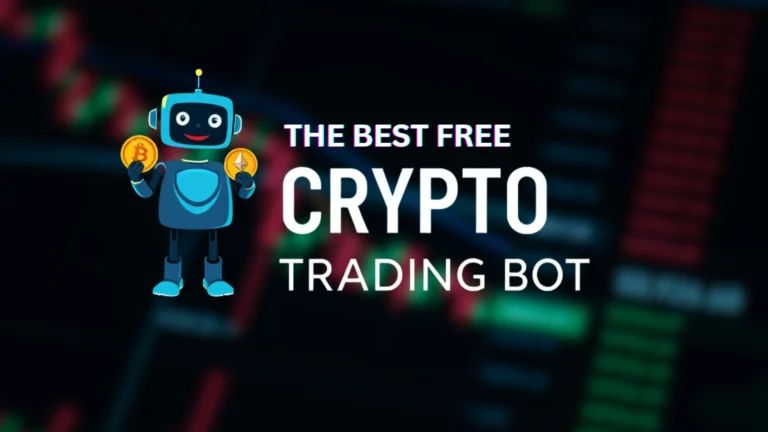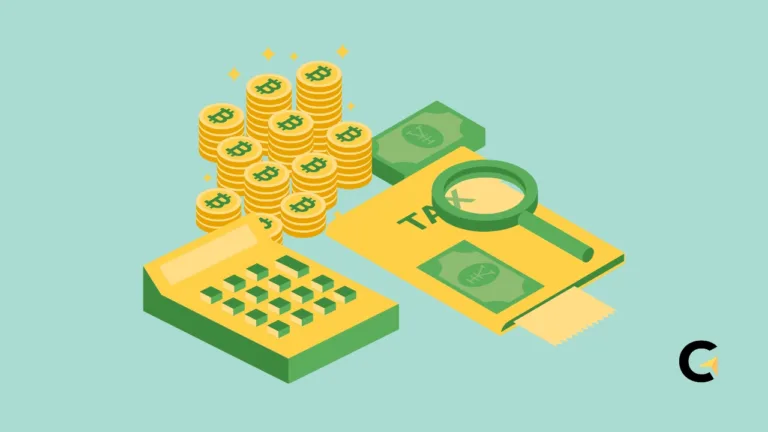Stellar (XLM) Price Prediction 2030
Stellar Lumens (XLM) faces a dynamic path to 2030, with expert forecasts ranging from $0.16 to $2.95.
Achieving the upper end hinges on widespread adoption in cross-border payments, DeFi integration, and regulatory clarity.
However, competition from Ripple, CBDCs, and potential security risks pose significant challenges.
This article analyzes technical signals, growth catalysts, risks, and expert predictions to assess XLM’s long-term price potential.
Key Takeaways:
ShowHow High Can Stellar (XLM) Go by 2030?

The outlook Stellar (XLM) by 2030 outlook depends on technical indicators, adoption drivers, regulatory shifts, and competitive pressures.
Below, we explore these factors alongside on-chain metrics and expert forecasts to evaluate plausible price scenarios.
Long-Term Technical Outlook
Projecting technicals to 2030 is speculative, but key metrics offer clues.
If XLM trades above its 200-week moving average (~$0.50 by 2028), it could signal strong institutional support.
An RSI above 60 in 2029 would indicate bullish momentum, though readings near 80 warn of pullbacks.
Rising Relative Volume (RVOL) during rallies is critical to confirm demand; flat RVOL suggests weak conviction.
Growth Catalysts
Several factors could drive XLM higher:
- Cross-Border Payments: Partnerships with remittance providers could boost transaction volume by 300%, lifting prices toward $1.50–$2.00.
- DeFi Integration: Soroban smart contracts enabling lending or market-making could attract $5–10 billion in TVL, supporting $2.00+ valuations.
- Regulatory Clarity: Pro-innovation rules under frameworks like MiCA could spur institutional investment, driving XLM to $2.50–$3.00.
These catalysts require robust execution and favorable market conditions.
Challenges and Risks
XLM faces significant hurdles:
- Regulatory Crackdowns: Adverse U.S. or EU rulings could limit access, pushing XLM toward $0.10–$0.15.
- Competition: Ripple (XRP), Solana, and CBDCs threaten market share, potentially reducing demand by 30–40%.
- Security Risks: Network outages or smart contract exploits could erode trust, triggering sell-offs.
- Macro Headwinds: High inflation or recessions could shift capital to safer assets like Bitcoin or stablecoins.
Overcoming these demands innovation and resilience.
Technological Advancements
The success of Soroban smart contracts is pivotal. If widely adopted, they could enable DeFi applications, diversifying XLM’s use cases.
AI-enhanced contract verification and interoperability with Ethereum or other layer-1s could further boost utility.
However, scalability issues or security breaches could undermine confidence and limit growth.
Expert Forecasts
Analyst predictions for 2030 vary:
- Bullish Views: Changelly sees XLM at $2.95 with strong payment adoption.
- Moderate Forecasts: DigitalCoinPrice projects $1.46, balancing adoption and volatility.
- Bearish Outlooks: CoinCodex estimates $0.16, citing regulatory and depreciation risks.
These ranges highlight XLM’s speculative nature.
Tokenomics and On-Chain Metrics
With a 31 billion circulating supply (50 billion cap), token burns or unlocks by the Stellar Development Foundation could impact prices.
Rising active addresses and transaction volumes signal adoption, supporting bullish scenarios, while stagnation warns of bearish pressure. Monitoring these metrics is key to assessing utility-driven value.
Price Prediction
XLM’s 2030 price is likely to range from $0.16 to $2.95. It’s far from speculative projection up to $100 per token. However, a bearish scenario with regulatory hurdles and competition could keep XLM near $0.16.
A neutral case, with moderate adoption and stable macros, projects $0.50–$1.00. In an ideal scenario—featuring DeFi breakthroughs, partnerships, and regulatory support—XLM could hit $2.50–$2.95. A balanced midpoint of $0.75–$1.25 is most plausible.
Considerations for XLM Investors

To navigate XLM’s 2030 potential, investors should:
- Track Technicals: Monitor the 200-week MA (~$0.50 by 2028) and RSI above 60 for bullish signals.
- Assess RVOL: Confirm rallies with rising Relative Volume to validate demand.
- Follow Partnerships: Watch for deals with remittance or financial firms to gauge adoption.
- Monitor DeFi Progress: Track Soroban adoption and TVL growth for utility-driven value.
- Stay Updated on Regulations: Follow MiCA and U.S. policies for impacts on institutional inflows.
- Compare Competitors: Evaluate Ripple, Solana, and CBDC developments to assess XLM’s edge.
- Watch Macros: Track inflation and GDP trends, as economic stability boosts remittance demand.
Stellar’s 2030 Outlook
XLM’s 2030 price hinges on adoption, technology, and regulatory clarity. Partnerships and Soroban-driven DeFi could drive transaction volumes up 300%, targeting $2.50–$2.95 in a best-case scenario.
However, regulatory crackdowns, competition from Ripple and CBDCs, and security risks could limit XLM to $0.16. Technical signals need volume confirmation for bullish momentum.
A balanced $0.50–$1.00 range per XLM is likely, assuming moderate growth and stable conditions. Investors must stay vigilant, monitoring metrics and risks in this volatile market.







